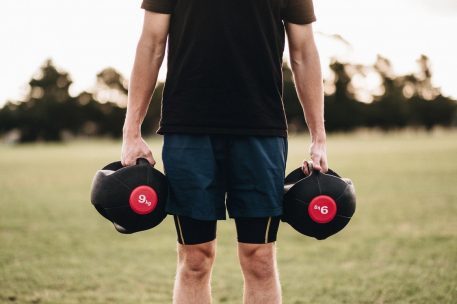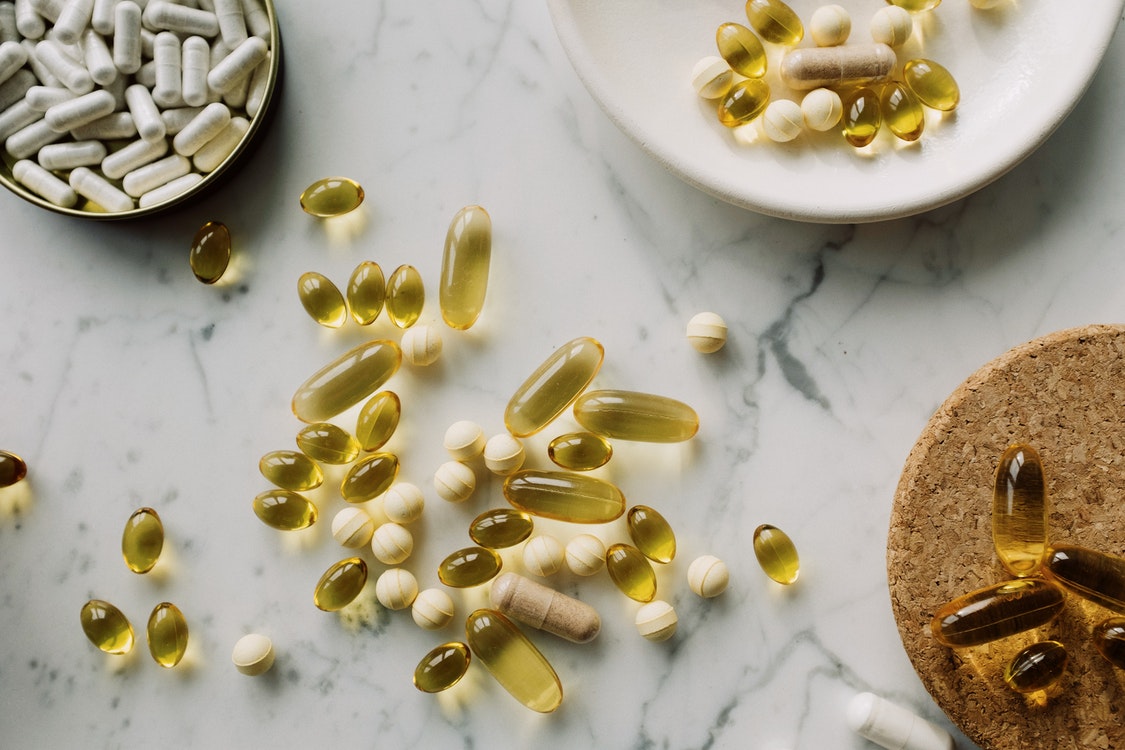Hello! I’m Steph, a Registered Associate Nutritionist (ANutr) and resident Nutrition Advisor for the DBT. I’ve popped on here to give you some advice for keeping active and healthy through the winter months!
With the days getting colder and the sun setting earlier, it can be easy to just want to stay inside in the warm, pushing any idea of exercise aside. In reality, it’s during this time that exercise is important: for bone health, physical health and mental health.
There has been copious amounts of research linked into mental health, exercise and winter months. Findings show that, on average, more mental health issues arise throughout the months of October to March, but adding in around 30 minutes of exercise a day improves overall mental health, motivation and positivity. Most importantly, exercise is part of the main process to strengthen and maintain bone density. The more sedentary and less physically active you become, you increase the risk of lower bone density and osteoporosis, which can lead to easier bone fractures and breakages.
There are many forms of exercise that can be undertaken (I know that physical activity isn’t everyone’s cup of tea), and it can take some trial and error to find what you enjoy!

What can I do?
If you are a fan of going to the gym and are able to, then this offers a wide range of activities that you could take part in. From cardio sessions, weight-lifting, body weight workouts, classes or working with a Personal Trainer. All of these have positive impacts on physical and mental health. The gym environment is not something that everyone enjoys, so below is a non-exhaustive list of options that you could try out.
Home workouts:
- Youtube workout videos – HIIT workouts, yoga, Pilates, body weight workouts
- You can follow 30-day challenges, pick and change what you want and is great to find what works for you
- Apps- FIIT, Shreddy, Nike Active etc.
- There is a wide range of apps, some free and some have a small charge but are great to keep you accountable, add variety and give you set workouts to challenge yourself, whilst also being able to track your progress
Outdoor activities:
- Walking- brisk walking or hiking for at least 30 minutes, 5 times a week
- Perfect to do before work, in breaks or even doing longer walks at the weekend
- Running/jogging- 75 minutes a week of running or jogging
- Track on apps such as Strava and see your improvements, set new challenges etc.
- New to running? Try Couch25K, perfect to get you started!
- Cycling- try cycling to work, if you are able
- Weather dependant, but cycling around the local area, parks or even cycling trails is great physical activity that’s not high impact

Throughout the winter months, we seem to be bombarded with messages and adverts from the health sector about what we should be doing to keep healthy through the winter. They say that all these ‘super foods’, ‘multi-vitamins for immune health’ and ‘winter defence’ products should be purchased to keep us going. To put it straight, you probably don’t need any of these. Your daily diet is more than able to provide you with all the vitamins, minerals and good stuff that you need. These multi-vitamins are going to set you back a fair few £’s and what your body doesn’t use is just going to end up in the toilet (literally speaking, flushed through your kidneys and urinated out…)
Now, there is only one supplement that is recommended for everyone in the UK from October to March, and that’s Vitamin D. The main source of Vitamin D is sunlight, and here in the UK our skin can only utilise and absorb it from April to September. Through the winter months, it is recommended that everyone takes 10µg of Vitamin D a day. We can also find Vitamin D in certain foods, such as fortified foods (flour, breakfast cereals and margarines), egg yolks, oily fish, red meat and liver.
Alongside this, we also need a good amount of Calcium. Vitamin D and Calcium work together, increase and support absorption to promote bone and teeth strength/health and support the immune system. Calcium is also important for nerve functioning, blood clotting and enzyme action. As you can see, both of these are very important nutrients we need to make sure are actively present in our daily diet.
We can get calcium from a range of food sources; cow’s milk, lacto-free milk, goat’s milk, hemp milk (and other fortified alternative milks); cheese and alternative cheese; yoghurts and alternative yoghurts; porridge; tofu; nuts and seeds; beans, legumes and pulses; wholegrain bread; and leafy green vegetables.
Getting in your 5-a-day is the important factor. You may have heard the term ‘Eat the rainbow’ (skittles don’t count- haha!), this refers to the fact that the different colours in your fruit and vegetables will provide you with a mixture of vitamins and minerals that do different jobs within your body. This includes; fresh, frozen, tinned (in own juices) and dried fruit (with no added sugars). A portion of fruit or veg is 80g (30g for dried fruit), which is roughly 2 handfuls. Getting 1-2 portions in at every meal or using a portion as a snack is an easy way to hit the 5-a-day target!
Overall, there aren’t any major changes that you should be doing, no matter what these adverts are telling you. Only if your GP has recommended that you need supplements for anything else, then it’s safe to stick to a Vitamin D supplement and happily rely on your diet to support the rest and provide you with all the nutrients you need!
With all that in mind, you’re now ready to go fuel yourself through the winter and keep active with a whole range of activities to try! Go on, go try something new and you never know, you might actually enjoy it!


